Part Analysis
| General Data | |
| Manufacturer (OEM) | Seasonic |
| PCB Type | Double-Sided |
| Primary Side | |
| Transient Filter | 6x Y caps, 2x X caps, 2x CM chokes, 1x MOV |
| Inrush Protection | 2x NTC Thermistor MF72-20D20M (20 Ohm) & Relay |
| Rectifier FETs |
4x IPB60R040C7
|
| APFC MOSFETs |
4x Infineon IPW60R125P6 (600V, 19A @ 100°C, Rds(on): 0.125Ohm)
|
| APFC Boost Diode |
2x CREE C6D08065A (650V, 30A @ 25°C)
|
| Bulk Cap(s) | |
| Main Switchers |
4x Infineon IPW60R125P6 (600V, 19A @ 100°C, Rds(on): 0.125Ohm)
|
|
IC Driver |
2x Silicon Labs Si8230BD |
| APFC Controller |
Texas Instruments UCC28070
|
| Resonant Controller | Champion CM6901T2X |
| Topology |
Primary side: Bridgeless, Interleaved PFC, Full-Bridge & LLC converter
Secondary side: Synchronous Rectification & DC-DC converters |
| Secondary Side | |
| +12V MOSFETs | 8x Nexperia PSMN1R0-40YLD (40V, 198A @ 100°C, Rds(on): 1.93mOhm) |
| 5V & 3.3V | DC-DC Converters: 2x PWM Controller: 1x |
| Filtering Capacitors | Electrolytic: Nippon Chemi-Con (2-5,000 @ 105°C, KZE) Nippon Chemi-Con (5-6,000 @ 105°C, KZH) 5x Nippon Chemi-Con (@ 105°C, W) 3x Nichicon (6,000 @ 105°C, HV) Polymer: 39x CAP |
| Supervisor IC | Weltrend WT7527RA (OCP, OVP, UVP, SCP, PG) |
| Fan Controller | Nuvoton M031FB0AE |
| Fan Model | Hong Hua HA13525H12SF-Z (135mm, 12V, 0.5A, Fluid Dynamic Bearing Fan) |
| 5VSB Circuit | |
| Rectifier |
1x Infineon BSC100N06LS3 FET (60V, 36A @ 100°C, Rds(on): 10mOhm)
|
| Standby PWM Controller | Power Integrations INN3164C |
Despite the huge PCB, the platform is densely populated. Moreover, I usually don’t find large heatsinks in modern PSUs. Although titanium efficiency allows for low thermal loads, Seasonic used large heatsinks to keep the fan’s noise as low as possible, and it succeeded in that. A bridgeless, interleaved PFC is used to achieve high efficiency, along with a full-bridge topology and an LLC resonant converter.
The 12V rail is generated through eight powerful Nexperia FETs. The same rail also feeds a pair of DC-DC converters, which generate the minor rails. It is easier to identify all parts on this platform by fully desoldering it, which I didn’t want to do since I need it to remain fully operational for future testing.
The build quality is top, and the same goes for the soldering quality. Seasonic used Japanese caps everywhere, both electrolytic and polymer, and the bulk caps have a vast combined capacity at 2180uF! Because of the large bulk caps and their combined capacity, not one but two NTC thermistors had to be used, with 20 Ohm resistance each! Despite the large PCB, space is still an issue, so both are installed onto a vertical board.

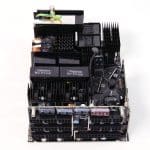
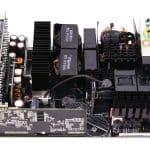
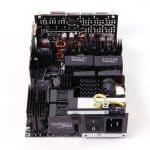

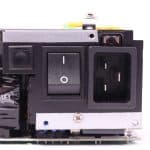

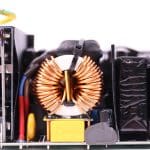
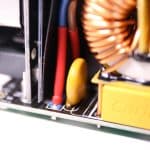
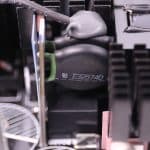
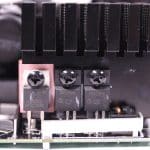
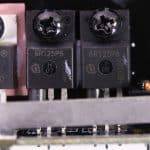
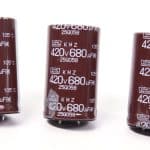
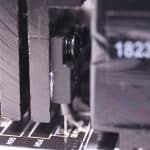
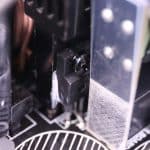
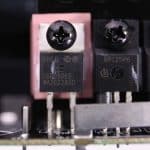
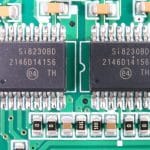
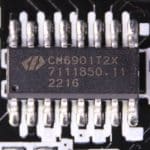

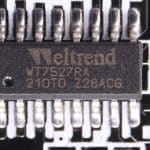
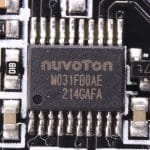
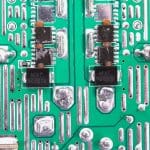

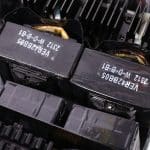

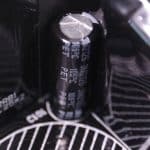
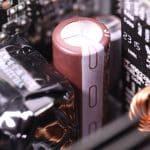
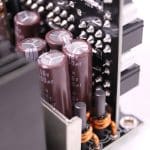
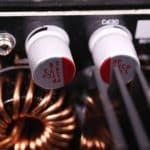
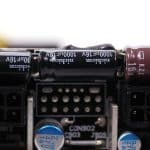
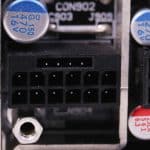
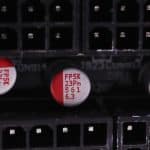
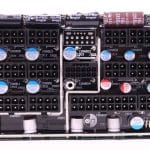



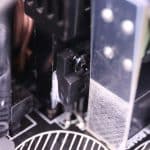
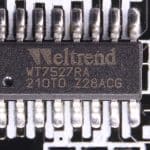
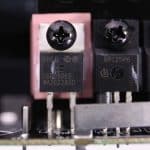
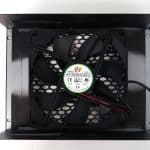
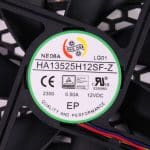


Hello, back here where it all began!
Following this wonderful guide, I purchased the aforementioned beast. I’ve had it for 6 months now and I can confirm the splendid features in terms of efficiency but above all it is totally silent.
However, with the release of the ATX 3.1 standards, I ask at this point if it is compatible with the new 3.1 and if the cable will be suitable for a hypothetical 5000 series GPU.
Thank you
Hi! The cable remains the same, so it will be compatible with 5000 series, given that Nvidia won’t change the connector on its own again (which I doubt)
Okay, thanks for the reply! So there are no good reasons to change it with a PSU with ATX 3.1 and PCIe 5.1 standards like the 1600 Noctua edition?
Aris, have you noticed any weird noise when the PSU fan starts or stops? Or erratic fan behavior in this unit?
My Seasonic Prime PX-750 had the fan start up and stop constantly while I was gaming. The fan itself was quiet but I could hear a weird rattling noise for one second as the fan started or stopped. This also sometimes happened at idle.
Are u sure it was the fan?
100% sure. It would happen when I switched Hybrid mode on and off. There was nothing rattling around in the PSU, nothing was stuck in it.
Alright, update. No such noises coming from this PSU’s fan, just as advertised on this review, it is extremely silent. I was shocked at how silent it was. Normal behavior both in hybrid and always on mode. I keep my fan always running.
I see all your expensive testing equipment push to the limits but please no 30 pages ahah.
This PSU is gorgeous, look amazing for the people with a pc case showing it on the side/bottom. Some luxury sport car with the chrome look.
Breaded cables very nice. It’s a personnal pref but downside they are 60-75cm ! I built a few mid-tower pc and i never needed more than 50cm for the ATX and GPU. Big hassle to hide all this extra ;(
510€~ on Amazon for this monster, if i was not beyond the return window for my own PSU i would be tempted.
I snatched a MSI MEG AI1300P for 279€ with the MSI Cashback/Review. Decent for platinum 1300w. I like the fact that the fan control is possible with msi center and usb mobo. Plus it’s start running auto by default only when it’s 65°C i believe.
I highly recommend setting the PSU to the minimum fan RPM of 700. You don’t need the MSI software to keep running after you set it.
I have this PSU and in my opinion, the fan starts way too late. I don’t like the amount of heat the PSU puts out, so I left mine running like specified above, and the PSU never heats up past 48C even during intense gaming (4090 and 14900K).
I will replace it with this Seasonic Prime TX-1300 unit in a bit, though. Only reason I got this MSI was because Seasonic had no ATX 3.0 units at the time. I always feel more comfortable with Seasonic in my rig – not to say the MSI is bad, far from it. It’s a very high quality unit. I’m just a Seasonic kinda gal.
Thank u for your input.